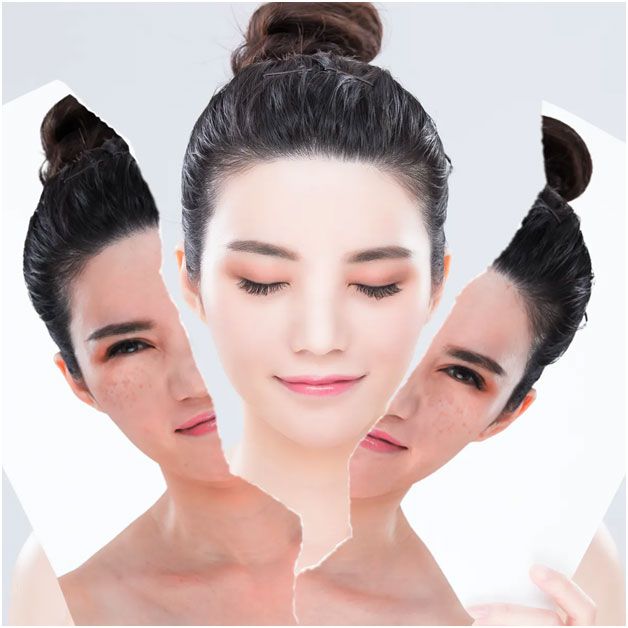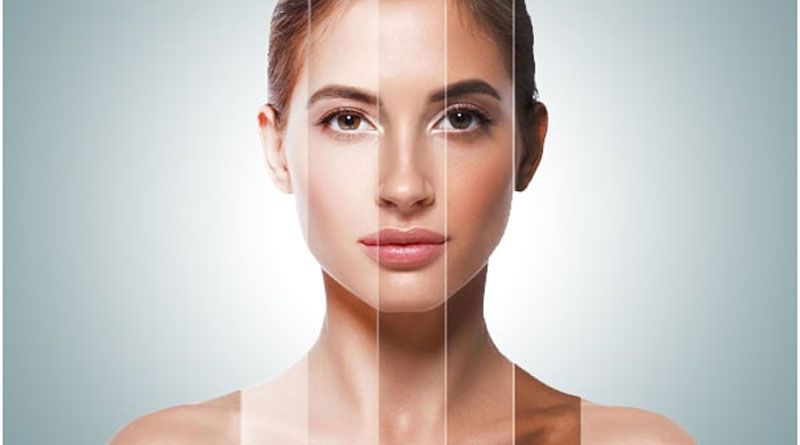Skin whitening is the process of reducing the pigment melanin in the skin to get a whiter complexion. Melanin is more abundant in people with dark complexions, and the amount of melanin determines the color of a person’s skin. Melanin is produced by cells known as melanocytes. The amount of melanin in a person’s skin is determined by their genetic makeup. Exposure to the sun, the degree of skin injury, and chemical exposure all influence melanin formation.
“Skin whitening treatments are frequently used to treat problems such as freckles, age spots, scars, moles, acne, and birthmarks, as well as by people who want to have light skin, particularly those with a darker skin tone. Bleaching creams, fading creams, chemical peels, and laser treatment are examples of whitening or lightening products used by people.” -Says Dr. Firdous who is known for best skin whitening treatment in Hyderabad.
“These products act by interfering with the tyrosinase enzyme, which is necessary for melanin formation, and thereby lowering the amount of melanin in the skin. Melanocyte cells, which produce melanin, are found at the very bottom of the epidermal layer of the skin. Overproduction of the melanin pigment can result in a variety of hyperpigmentation issues.” – Dr. Firdous added.
What is glutathione and how does it help in skin whitening?
Glutathione, an antioxidant found in human cells, is extremely beneficial to the human body. It works by scavenging free radicals, improving immunity, and aiding in body detoxification. By inhibiting the enzyme tyrosinase, it aids in the conversion of melanin to a light color and the creation of melanin pigment.
What are the common techniques for skin whitening in Hyderabad?

The first step toward a skin whitening treatment is to make an appointment with a dermatologist and discuss your desired skin tone. It would be helpful if you brought a picture with reference of your desired skin tone with you to have a better understanding of what you’re talking about. You may consult with a plastic surgeon after consulting with your dermatologist. You can also show him the reference so that he understands exactly what you desire.
Following consultations with both a dermatologist and a plastic surgeon, you choose an option based on your health, requirements, and financial situation: you can go for a skin bleaching therapy or something more expensive like surgery.
After your procedure, you’ll need to prepare for recovery time; laser treatments and chemical peels take a few weeks, while permanent skin whitening surgery takes longer. Following treatment, you must maintain your skin with the use of specific maintenance products. Sunscreen is essential for avoiding sunburns and reducing the risks of your skin becoming darker.
What is the mechanism of action of skin whitening products?
Skin whitening products reduce the amount of melanin produced and the concentration of melanin in the skin. Melanin is a pigment found in the skin that provides its color as well as protecting it from the sun.
Who isn’t a candidate for treatment?
People with a history of heart problems, recurrent fevers or cold sores, or a proclivity for scarring should avoid chemical peels for skin whitening. Deep chemical peels are also not indicated for those with extremely dark skin.
Are there any negative consequences?
You might anticipate to experience bruising, skin dryness, sensitivity to sunlight, tightness, edema, scarring, skin infections, skin texture differences, pigmentation, skin redness, and irritation if you undertake laser whitening treatment. Deep chemical peels can result in lasting damage such as hyperpigmentation (darkening of the skin) or hypopigmentation (lightening of the skin) (skin lightening). If you have intensive skin whitening procedures, your skin may become raw and ooze, forming crusts all over.
What are the after-care instructions?
Following the skin whitening procedure, the affected area should be washed with chemical-free soaps and dabbed very gently. It is recommended that you use certain maintenance products, such as aloe vera gel or petroleum jelly, on a daily basis to provide a soothing and cooling effect. Because a layer of scabs and crusts may form on the treated region, it’s best not to touch or pick it. To minimize swelling, take pain relievers. Because the skin at this stage becomes particularly sensitive, use sunscreen for at least six months to avoid discoloration or sunburn.

Namaste UI collaborates closely with clients to develop tailored guest posting strategies that align with their unique goals and target audiences. Their commitment to delivering high-quality, niche-specific content ensures that each guest post not only meets but exceeds the expectations of both clients and the hosting platforms. Connect with us on social media for the latest updates on guest posting trends, outreach strategies, and digital marketing tips. For any types of guest posting services, contact us on info[at]namasteui.com.

